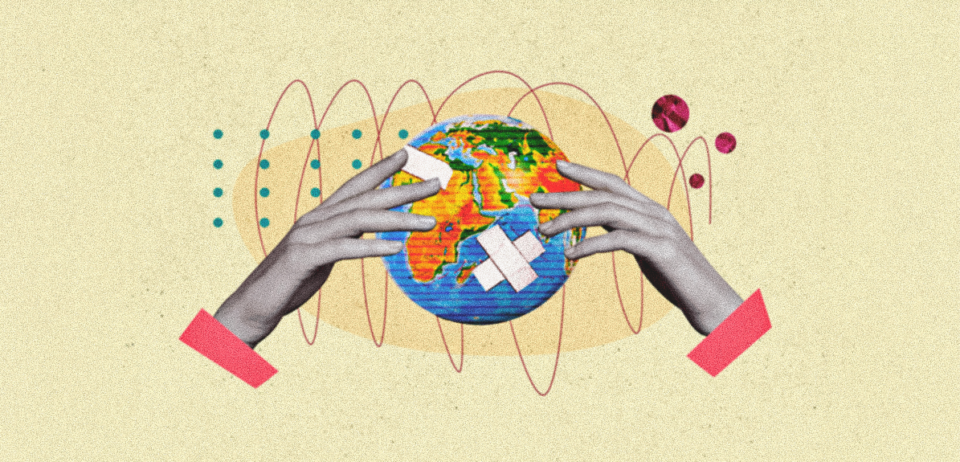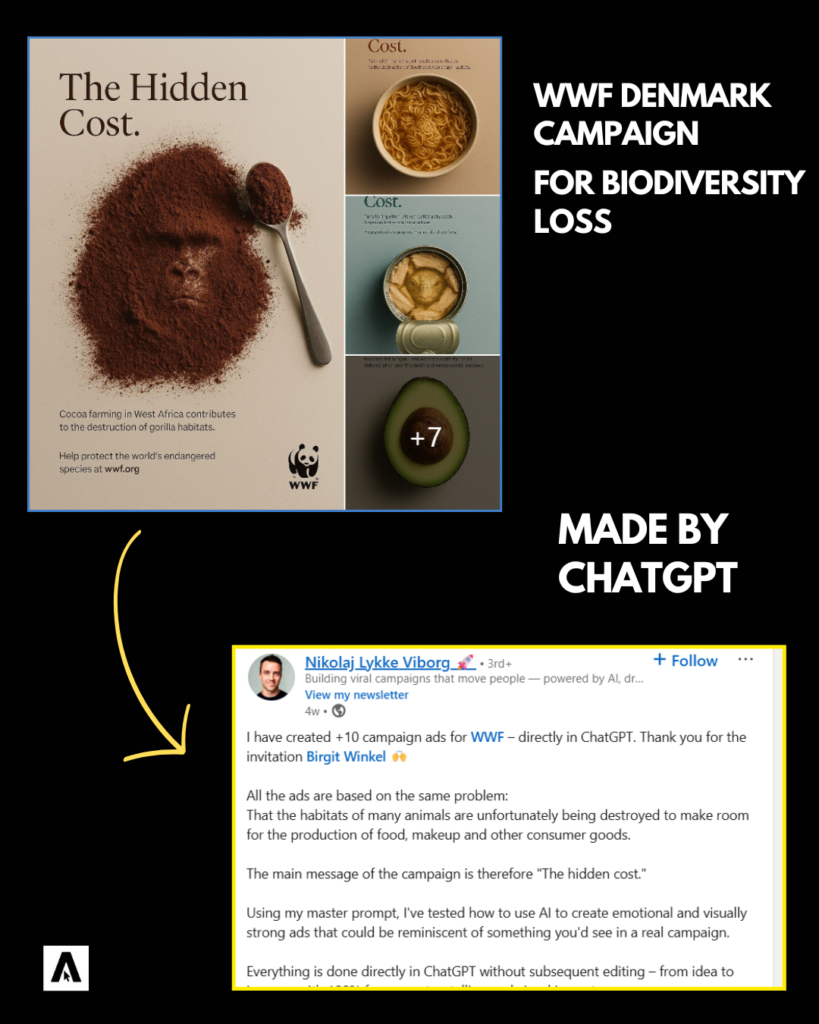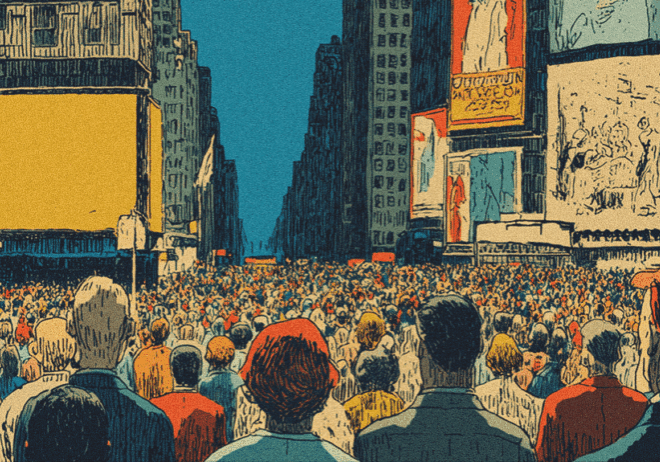
In Conversation: Michael Wilkins on Co-existence of AI and Sustainability in Marketing
Digital marketing has taken a sweet ride with AI, and sustainability seems to have been left behind in the driveway.
When Ghibli-style images of ChatGPT users took over social feeds, it wasn’t long before brands jumped on the viral trend. The demand was so intense, it pushed OpenAI CEO Sam Altman to comment:
“It’s super fun seeing people love images in ChatGPT, but our GPUs are melting.”
The overwhelming use didn’t just crash expectations—it strained OpenAI’s infrastructure.
AI’s environmental cost is no longer a mystery. It emits carbon, consumes massive amounts of electricity, and requires large volumes of water to cool its servers. Yet, as AI continues to reshape marketing, making campaigns faster, more personalized, and smarter, the conversation around its sustainability is still catching up.
So, is this tech-driven progress environmentally responsible? Or are we ignoring the cost behind the convenience?
To find out, we spoke with Michael Wilkins, co-founder of Akepa, a sustainable marketing agency based in Barcelona and London. He offered a blunt, refreshing take on where AI fits in marketing’s green future.
The blind spot in AI and sustainability
For all the noise about purpose-driven campaigns, few marketers are willing to look AI’s environmental footprint in the eye.

“To be blunt, it’s just not being done,” says Wilkins. “There might be a few brands that are starting to try, but I think most—from startups to multinationals—are just turning a blind eye for now.”
He points to a 2025 Capgemini study that found only 12% of executives using AI are measuring its emissions. “Even then, you could hardly say 100% of those are doing so accurately—they’re just vaguely trying because it’d be an oversight not to.”
Greenwashing in creative suits
When it comes to legacy marketing giants building their own AI tools, Wilkins is skeptical about their sustainability agendas.
“Most of those agencies are enthusiastically working with fossil fuel clients,” he notes.
“Sustainability and climate are not a priority for those groups on a fundamental level. In fact, it’s probably more of a threat to their model than an opportunity.”
He doesn’t dismiss every effort but warns against surface-level moves. “You’ll see the classics—cycling schemes, tree planting, carbon offsets, organic avocados in the office. Anything they say on that side should be taken with a pinch of salt.”
What transparency should actually look like
Akepa has long emphasized transparency in its blog and practices. For Wilkins, transparency is a work in progress.
“Right now, it’s about reporting back on the emissions from AI alongside other sources that are typically reported as part of Scopes 1–3,” he says. “Yet, this is still an emerging area and not easy to do.”
Akepa also keeps clients informed when Gen AI is used to create content. “We’d recommend that approach to other agencies, too. It’s also key to use AI mindfully and not get carried away on the wave of excitement. Like that, you’re being wasteful and not saving much time either.”
Transparency is also vital when dealing with consumers, especially in climate-conscious industries.
“We’ve seen quite a few backlashes recently when brands have used AI in excessive or unnecessary ways,” he explains.

Wilkins highlights a recent WWF Denmark campaign, which used Gen AI to creatively spotlight biodiversity loss. “It was clever, sensational, and widely shared. But there was still a backlash simply because of AI’s involvement—even though there was complete transparency.”
Why sustainability isn’t always front and center in ads
Despite the expectation that sustainable brands should lead with their values, Wilkins argues that overtly promoting eco-practices can actually backfire.
“Being a sustainable marketing company, or a sustainable brand, is not about advertising sustainable practices all the time,” he says. “Doing so can get people switching off rather than on.”
Instead, Akepa focuses on the bigger picture. “It’s more about your choice of projects and clients and helping those to succeed. To do that, you must advertise more than sustainability.”
He adds that there has been a dip in investment toward sustainability advertising overall. “For various reasons—the cost of living crisis, fears of greenwashing, changes in geopolitical momentum, or just people getting frustrated. Hopefully it’ll come back.”
AI’s role in waste reduction is still murky
AI, especially machine learning, has the potential to help marketers reduce waste, optimize content, and predict trends. But is that enough to call it sustainable?
“There’s definitely scope for AI to be used for good,” Wilkins says, pointing to brands like Rainforest Alliance that are using cloud-based AI to detect illegal logging.
But he’s more cautious when it comes to Gen AI—tools that generate articles, videos, or images. “That’s trickier. Think about job losses, emissions, copyright, and brain drain. It’s harder to see how the process can be considered sustainable.”
“There are arguments about Gen AI making content creation more efficient or less wasteful,” he admits, “but those are flimsy and not backed by much research.”
Can AI ever be scaled sustainably?
So what’s the future of AI in marketing? Can it be scaled responsibly without blowing up the planet?
“This remains to be seen,” says Wilkins. “You could be pessimistic and say probably not. The pessimistic argument has the better of it for now.”
Even the optimistic path relies on technologies that feel far-off. “Maybe emissions will come down as new technologies step in—quantum computing, fusion power, things that haven’t even been invented yet. But that sounds speculative.”
Still, Akepa isn’t giving up. “AI and sustainability is an irreversible change to the way we work. Using it in a more sustainable manner is a challenge we’re going to have to confront. And it’s a dilemma we’re starting to help clients tackle with a new service around AI for sustainability.”
Cut to the chase
AI may be the shiny new marketing partner, but it comes with baggage that many in the industry aren’t ready to carry. From emissions and ethics to public backlash, the road to AI and sustainability is still under construction.
What agencies and brands choose to do next, ignore, greenwash, or genuinely reform, will determine whether AI becomes a climate liability or an unlikely ally.

